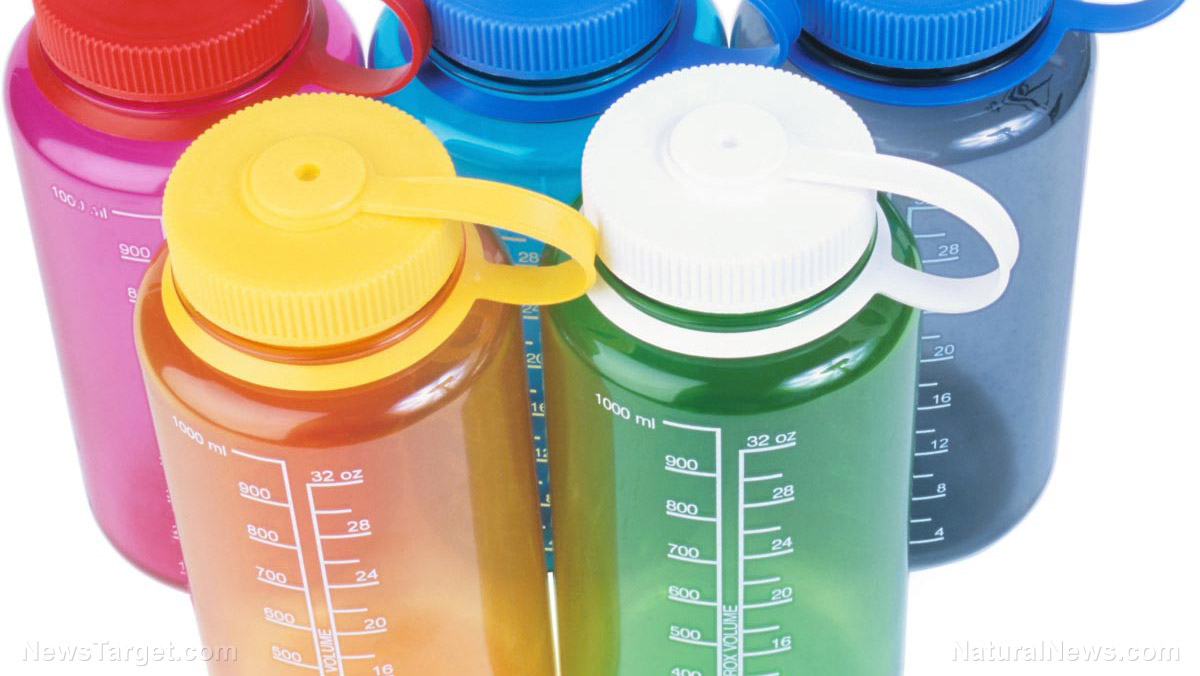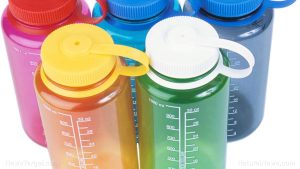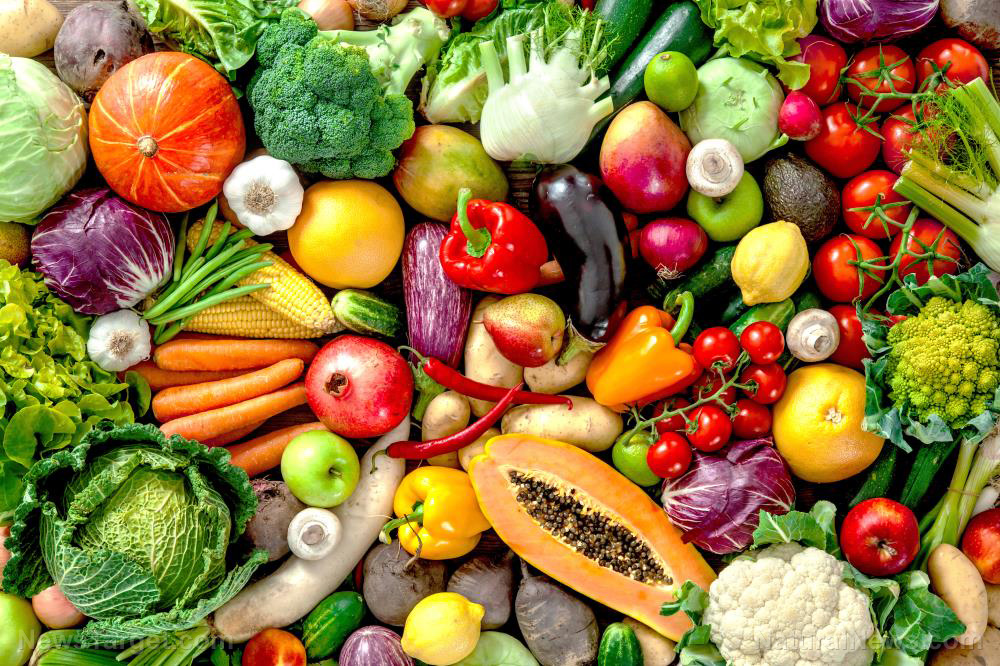Polypropylene — toxicity, side effects, diseases and environmental impacts
11/30/2017 / By Jhoanna Robinson

Polypropylene plastics break down when they are exposed to high temperatures that are typical of the manufacturing process, especially when they are presented with a common mineral filler called talc.

List of known side effects
Polypropylene can give rise to the allergic reactions that people exposed to it have.
Body systems affected by polypropylene
Polypropylene is bad for the endocrine system. It can cause genetic mutations and tumors.
Polypropylene is bad for the reproductive system. It can mimic the female hormone estrogen, therefore causing an overload of it in the woman’s body, which causes problems with fertility and conceiving.
Items that can contain polypropylene
The current global demand for polypropylene creates an annual market of around 45 million metric tons; estimates show that the demand will increase to approximately 62 million metric tons by 2020. Majority of the end users of polypropylene belong to the packaging industry, which consumes around 30 percent of the total number of polypropylene in the market, followed by the electrical and equipment manufacturing industries, which uses around 13 percent each. Household appliances and automotive industries both consume 10 percent each and construction materials is close behind with five percent.
Polypropylene cannot be used for structural applications like holding up a heavy door, but it finds its uses for non-load bearing applications such as a shampoo or ketchup bottle lid. It can also be used as material for hinges because it does not break even if it is repeatedly bent.
How to avoid polypropylene
You can avoid being exposed to polypropylene by limiting your use of plastics to things that simply cannot be helped but be plastic, like window hinges. But for the rest of your things, like household items or automotive parts, try to find a non-plastic alternative so that your health will not be at risk.
Where to learn more
- Top ten ways humanity is being murdered in the name of ‘evidence-based science’ (#8 Plastics)
- Are Plastic Water Bottles Safe for Regular Home Use?
- A Must Read For Women
- Hurricane Harvey disruptions reveal key to Texas winning America’s next civil war
- Microbeads – in our body care products and our food supply
Summary
Polypropylene can give rise to the allergic reactions that people exposed to it have.
Polypropylene is bad for the endocrine and reproductive systems.
Polypropylene plastics break down when they are exposed to high temperatures that are typical of the manufacturing process, especially when they are presented with a common mineral filler called talc.
Sources include:
Tagged Under: polypropylene




















